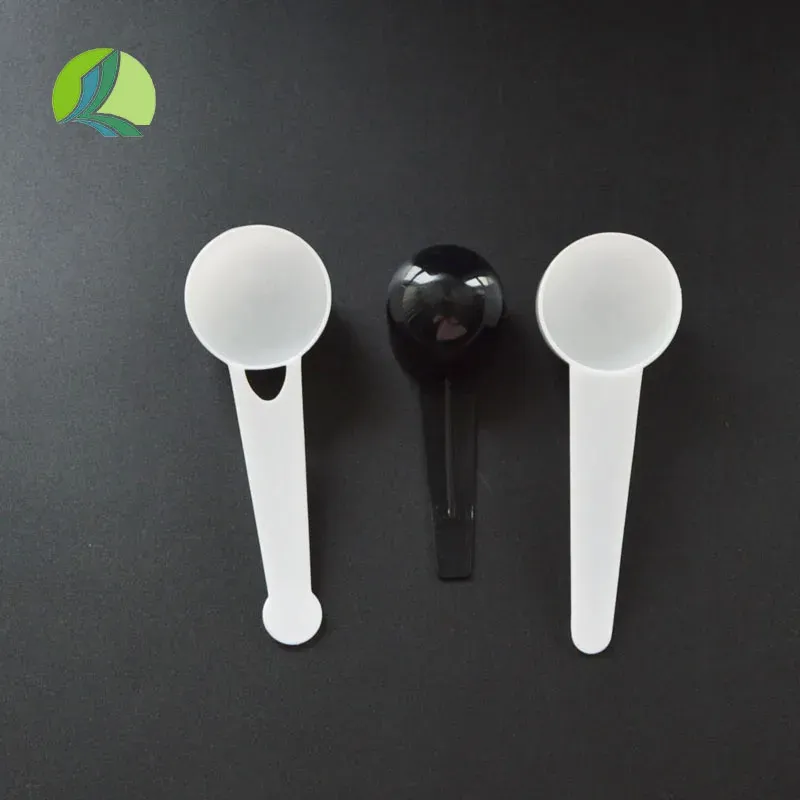
-
 Afrikaans
Afrikaans -
 Albanian
Albanian -
 Amharic
Amharic -
 Arabic
Arabic -
 Armenian
Armenian -
 Azerbaijani
Azerbaijani -
 Basque
Basque -
 Belarusian
Belarusian -
 Bengali
Bengali -
 Bosnian
Bosnian -
 Bulgarian
Bulgarian -
 Catalan
Catalan -
 Cebuano
Cebuano -
 Corsican
Corsican -
 Croatian
Croatian -
 Czech
Czech -
 Danish
Danish -
 Dutch
Dutch -
 English
English -
 Esperanto
Esperanto -
 Estonian
Estonian -
 Finnish
Finnish -
 French
French -
 Frisian
Frisian -
 Galician
Galician -
 Georgian
Georgian -
 German
German -
 Greek
Greek -
 Gujarati
Gujarati -
 Haitian Creole
Haitian Creole -
 hausa
hausa -
 hawaiian
hawaiian -
 Hebrew
Hebrew -
 Hindi
Hindi -
 Miao
Miao -
 Hungarian
Hungarian -
 Icelandic
Icelandic -
 igbo
igbo -
 Indonesian
Indonesian -
 irish
irish -
 Italian
Italian -
 Japanese
Japanese -
 Javanese
Javanese -
 Kannada
Kannada -
 kazakh
kazakh -
 Khmer
Khmer -
 Rwandese
Rwandese -
 Korean
Korean -
 Kurdish
Kurdish -
 Kyrgyz
Kyrgyz -
 Lao
Lao -
 Latin
Latin -
 Latvian
Latvian -
 Lithuanian
Lithuanian -
 Luxembourgish
Luxembourgish -
 Macedonian
Macedonian -
 Malgashi
Malgashi -
 Malay
Malay -
 Malayalam
Malayalam -
 Maltese
Maltese -
 Maori
Maori -
 Marathi
Marathi -
 Mongolian
Mongolian -
 Myanmar
Myanmar -
 Nepali
Nepali -
 Norwegian
Norwegian -
 Norwegian
Norwegian -
 Occitan
Occitan -
 Pashto
Pashto -
 Persian
Persian -
 Polish
Polish -
 Portuguese
Portuguese -
 Punjabi
Punjabi -
 Romanian
Romanian -
 Russian
Russian -
 Samoan
Samoan -
 Scottish Gaelic
Scottish Gaelic -
 Serbian
Serbian -
 Sesotho
Sesotho -
 Shona
Shona -
 Sindhi
Sindhi -
 Sinhala
Sinhala -
 Slovak
Slovak -
 Slovenian
Slovenian -
 Somali
Somali -
 Spanish
Spanish -
 Sundanese
Sundanese -
 Swahili
Swahili -
 Swedish
Swedish -
 Tagalog
Tagalog -
 Tajik
Tajik -
 Tamil
Tamil -
 Tatar
Tatar -
 Telugu
Telugu -
 Thai
Thai -
 Turkish
Turkish -
 Turkmen
Turkmen -
 Ukrainian
Ukrainian -
 Urdu
Urdu -
 Uighur
Uighur -
 Uzbek
Uzbek -
 Vietnamese
Vietnamese -
 Welsh
Welsh -
 Bantu
Bantu -
 Yiddish
Yiddish -
 Yoruba
Yoruba -
 Zulu
Zulu
sample tube name
Understanding the Importance of Sample Tube Names in Laboratory Practices
In the world of laboratory research and clinical diagnostics, the organization and identification of samples is crucial. One of the fundamental components involved in this process is the sample tube, often referred to as a sample container or vial. Each sample tube typically carries a name or label that serves to provide essential information for both the laboratory staff and the processes that follow. This article explores the significance of sample tube naming and its impact on laboratory efficiency and accuracy.
Sample tube names often include important details such as the type of specimen, the date of collection, the patient’s identifier, and sometimes even specifics about the test to be conducted. The precision in naming is vital. For instance, a blood sample tube named EDTA_Blood_JohnDoe_2023-10-12 not only indicates the anticoagulant used (EDTA) but also provides immediate context regarding the source (patient name), and the time frame of the collection. This specificity helps avoid mix-ups that could lead to critical errors in diagnoses or treatment plans.
Moreover, the naming conventions for sample tubes can vary across different laboratories, institutions, or even regions. Therefore, standardizing these names is essential for ensuring clear communication among healthcare professionals. When samples are sent to external laboratories or when results need to be discussed in multidisciplinary teams, easily recognizable and informative sample tube names facilitate smoother collaboration and consultation.
sample tube name

The importance of accurate sample tube naming extends beyond just identification. In the era of digital health records and automation, clear naming conventions can significantly enhance data processing and analysis. Automated systems, such as those used in laboratories for tracking samples, rely on consistent naming protocols to accurately catalog and retrieve information. Inconsistent or ambiguous names can lead to data loss, misinterpretations, and ultimately compromise patient safety.
In addition, effective sample tube naming contributes to regulatory compliance. Laboratories must adhere to strict guidelines to maintain accreditation, and one of these requirements often includes proper labeling of samples. Failure to comply can result in harsh penalties or a loss of certification.
In conclusion, the name given to a sample tube may seem like a minor detail, but its implications are far-reaching. From enhancing lab efficiency and ensuring patient safety to enabling better communication among healthcare providers, the thoughtful designation of sample tube names is fundamental to effective laboratory practices. As laboratories continue to evolve with technology and precision medicine, the importance of standardized and recognizable sample tube names will remain a pillar of good practice.
-
PTFE Centrifuge Tubes - Chemical Resistant, Leak-proof, Ideal for Laboratory UseNewsJul.05,2025
-
Premium Metal Dropper Bottle for Precise Dispensing 250ml & 1ml Options AvailableNewsJul.04,2025
-
20 ml Headspace Vials - High Quality Polyethylene & Plastic Vials for Lab UseNewsJul.04,2025
-
Small Bottle with Pipette - Precise Dispensing 100ml Pipette Bottles for Essential Oils & Lab UseNewsJun.24,2025
-
Acetic Anhydride Bottle for Accurate Dropper Measurement in Pharmacy Use High-Quality Dropper BottlesNewsJun.10,2025
-
Innovative PET Bottle Design for Juice – Unique Shapes & Customization OptionsNewsJun.10,2025






















